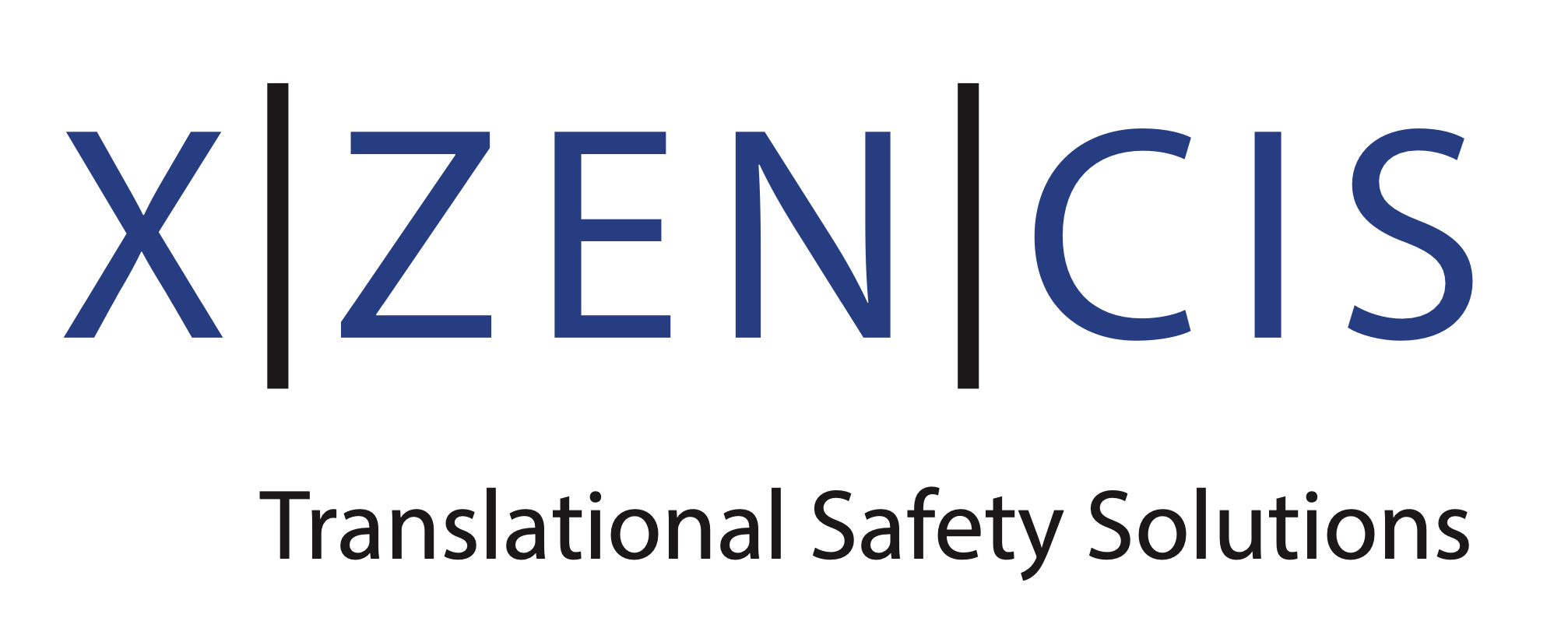By Xzencis AB
Making the pre-clinical to clinical transition
The transition from the pre-clinical phase to the clinical phase of drug development presents a particular safety and pharmacovigilance challenge to pharma manufacturers because of potential inconsistencies, gaps, and conflicts in data.
This is particularly so for smaller companies and start-ups that may lack access to the same integrated knowledge base as larger players.
Xzencis can help overcome these challenges with its in-depth knowledge of Translational Safety and well-developed methodologies for handling transition to full clinical safety regimes.
Different approaches
Moving a drug candidate from the pre-clinical to the clinical part of drug development is a major R&D milestone carrying substantial financial and reputational value – especially for startup companies.
Pre-clinical studies, in particular Non-clinical Drug Safety (NCDS) studies, focus on enabling the way to clinical development, while clinical trials are often designed around the constraints and limitations defined by pre-clinical data.
Despite of a plethora of regulatory guidelines, this transition can be carried using two fundamentally different approaches.
Additive transition
The first is the additive or sequential approach that tends to be more common in smaller companies or start-ups seeking the winning ticket of a marketable product in the lottery of myriad clinical R&D and regulatory challenges. This sees the transition as a series of relay race-type baton handovers between pre-clinical and clinical project teams.
Such companies tend to look at the data driving their project and candidate drugs in a sequential and additive manner with the focus on the most recent information. The attention is usually on regulatory agency decisions such as approval of a clinical trial application.
Integrative transition
The second approach is more active, inclusive and integrative, focusing on management of data and information content and their abilities to guide decisions. This is an approach more common in larger companies, treating the transition as a further testing and confirmation of the hypotheses generated during the long pre-clinical discovery and development phase.
In this approach, the better each new batch of clinical data matches prior assumptions and hypotheses, the more confidence such teams gather in the fate of the product or candidate drug, allowing them to see around the next bend in the road. For such teams, agency decisions are important as well but carry less impact on the overall strategy as such.
Under this approach, pre-clinical investigations, in particular NCDS studies, are designed to support defined clinical trial designs and objectives. Unsurprisingly, clinical trials sponsored by such companies tend to have more room to maneuver in achieving their goals, and higher success rates.
Achieving integration
From the outside, companies and teams practicing either one of the approaches may look rather similar if not indistinguishable at the first glance. However, in times of crisis, unexpected events and challenges, the integrative philosophy usually provides better and more impactful reactions and rescue strategies than the milestone mindset.
In real life, neither extreme exists in pure form and expression. However, larger companies are more likely to act for the virtues of more integrative approaches whereas startups often follow the additive version. While this might suggest that smaller companies are at a disadvantage as more resources are required to practice more inclusive approach, this is not actually the case. An integrative team may not have a single data point more at their disposal than a non-integrative one – the difference is that the first ones are more conscious of their data than the other. However, startups are forced to interact with many external suppliers, making the integration process more difficult.
Xzencis transitional support
Xzencis is well-equipped to help small companies to adopt the operational philosophy and First-Time-in-Humans study success rates of much larger organisations. Keys are early engagement, ideally before pivotal (GLP) NCDS studies are designed, and availability of clinical experts even at this early stage.
Xzencis embraces the trend in pharmacovigilance and patient safety regulation towards treating the process of safety decision-making as an established discipline, with its own set of distinct challenges. This means it is well-placed to assist pharma decision-makers in surmounting these challenges, with procedures based on well founded and universally recognized translational safety and PV principles.
Resources
Click on Xzencis Non-clinical Drug Safety for further information.


















